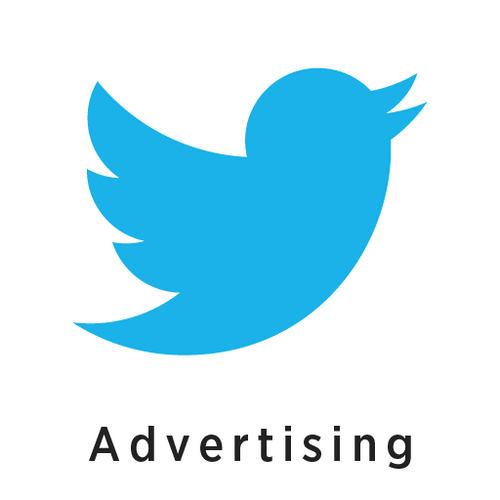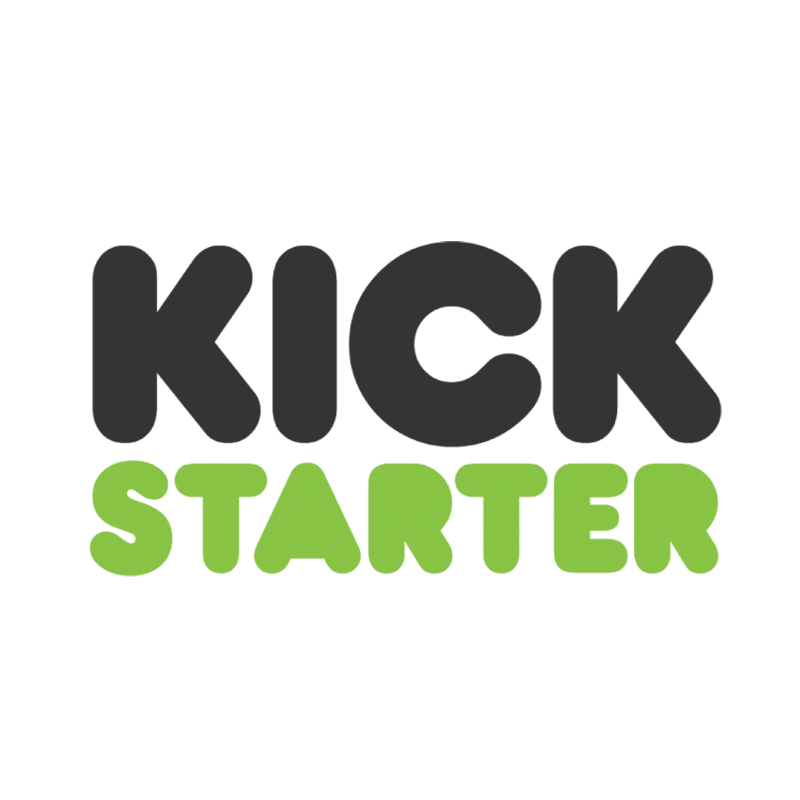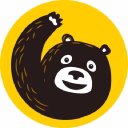How We Designed And Created A Strategy Card Game
Hello! Who are you and what business did you start?
My name is Casey Hill and I run Hill Gaming Company, a tabletop/board game company focused on producing highly interactive and beautifully illustrated games. Throughout my childhood I was always encouraged to be entrepreneurial.
My father runs a business, my grandpa ran a business, my cousin runs a business, so it was very much in our families DNA. They also told me to work on projects or ideas I was passionate about and that is what led me to boardgames. Growing up in a big family of 7, board games were a way we all bonded and shared time together and that was deeply impactful for me.

Our first product was Arkon, which launched on Kickstarter on Feb. 2018, and we fulfilled that game to over 1,200 people in over 20 countries! Since the launch, which raised...

Download the report and join our email newsletter packed with business ideas and money-making opportunities, backed by real-life case studies.

Download the report and join our email newsletter packed with business ideas and money-making opportunities, backed by real-life case studies.

Download the report and join our email newsletter packed with business ideas and money-making opportunities, backed by real-life case studies.

Download the report and join our email newsletter packed with business ideas and money-making opportunities, backed by real-life case studies.

Download the report and join our email newsletter packed with business ideas and money-making opportunities, backed by real-life case studies.

Download the report and join our email newsletter packed with business ideas and money-making opportunities, backed by real-life case studies.

Download the report and join our email newsletter packed with business ideas and money-making opportunities, backed by real-life case studies.

Download the report and join our email newsletter packed with business ideas and money-making opportunities, backed by real-life case studies.






























